News Beat
News Beat reporting is an idrw.org initiative to let our Readers to report News Based on Actual facts but some how has not been reported in Main Stream Media .
SOURCE: RAUNAK KUNDE / NEWS BEAT / IDRW.ORG
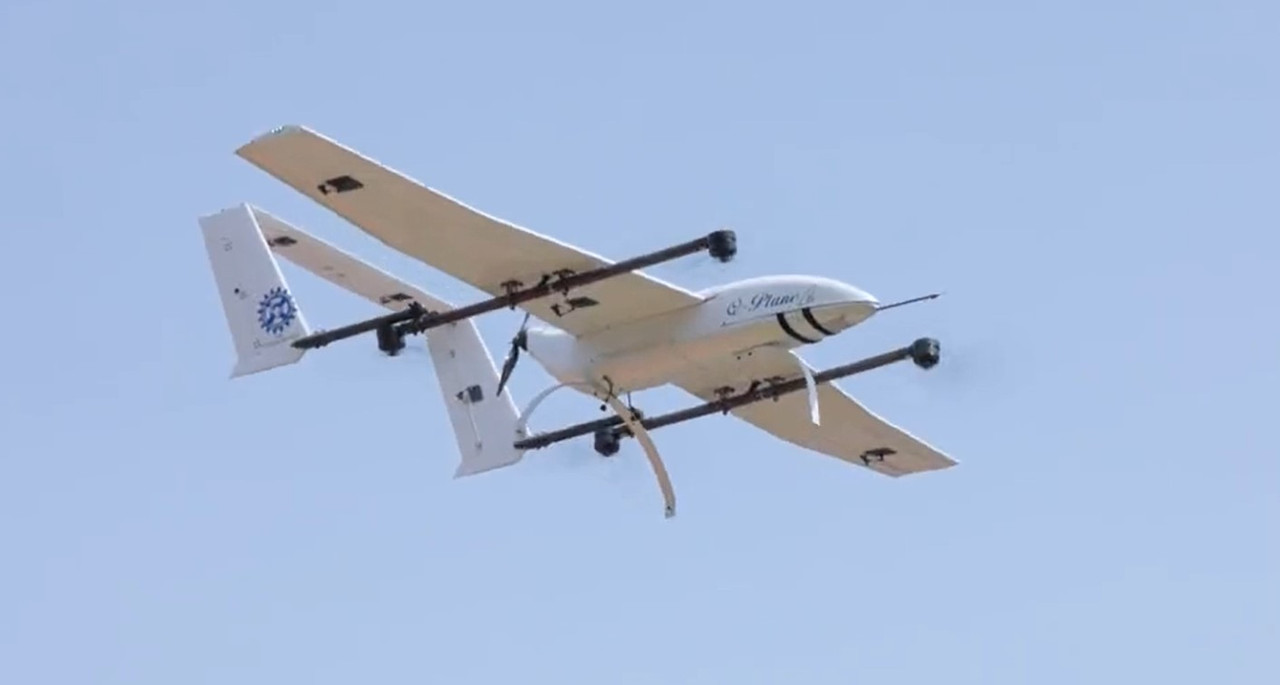
In a significant step towards advancing the capabilities of unmanned aerial vehicles (UAVs) in India, the CSIR-National Aerospace Laboratories (NAL) proudly unveiled its latest creation, the QPlane – an all-electric hybrid UAV. The momentous occasion took place during the Curtain Raiser Event of One Week One Lab on August 2, 2023, in the presence of Dr V. K. Saraswat, Hon’ble Member of NITI Aayog.
CSIR-NAL’s QPlane has been engineered with cutting-edge technology, allowing it to serve a multitude of purposes, including last-mile delivery and surveillance. The UAV’s impressive features and performance capabilities have caught the attention of the scientific community, making it a significant development in the field of UAV technology.
Continue readingSOURCE: RAUNAK KUNDE / NEWS BEAT / IDRW.ORG
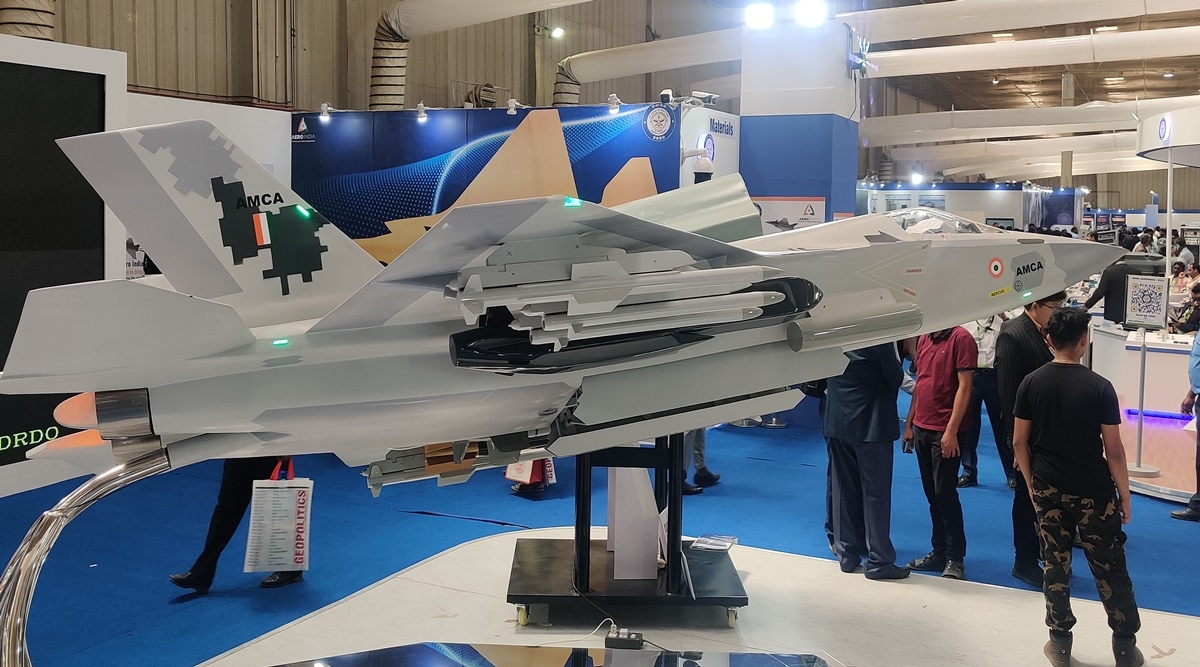
As India embarks on the development of its indigenous fifth-generation fighter jet, the Advanced Medium Combat Aircraft (AMCA), it faces the challenge of managing the higher unit costs, maintenance costs, and upgrades associated with such advanced aircraft. While fifth-generation fighter jets inherently come with higher costs due to their cutting-edge technology and capabilities, India’s goal is to achieve a remarkable feat – to have a lifecycle cost that is 60 per cent less than any other comparable fifth-generation fighter jet.
The AMCA project envisions a fighter aircraft that will be at the forefront of modern warfare, incorporating the latest advancements in avionics, stealth technology, sensors, and weapons systems. The designers of the AMCA are taking into account the inclusion of expensive and sophisticated equipment that inevitably drives up the unit cost compared to its predecessors, the fourth-generation (4.5 gen) fighter jets. However, they are optimistic that the initial unit cost will stabilize once major orders for the upgraded MkII AMCA are finalized around 2035.
Continue readingSOURCE: RAUNAK KUNDE / NEWS BEAT / IDRW.ORG
Adani Defence, a leading player in the Indian defence industry, has made a significant stride in bolstering the country’s defence capabilities by securing orders from the Indian Army for the UAV Launched Precision Guided Munition (ULPGM). This advanced weapon system was jointly developed with the Defence Research and Development Organisation (DRDO), showcasing the successful collaboration between the private sector and the government in strengthening India’s defence prowess.
The deliveries of the ULPGM are set to commence in the last quarters of the financial year 2023-24, marking a critical milestone in the adoption of cutting-edge technology by the Indian Army. The UAV Launched Precision Guided Munition had previously undergone successful developmental trials earlier this year, attesting to its effectiveness and reliability in combat situations.
Continue readingSOURCE: RAUNAK KUNDE / NEWS BEAT / IDRW.ORG
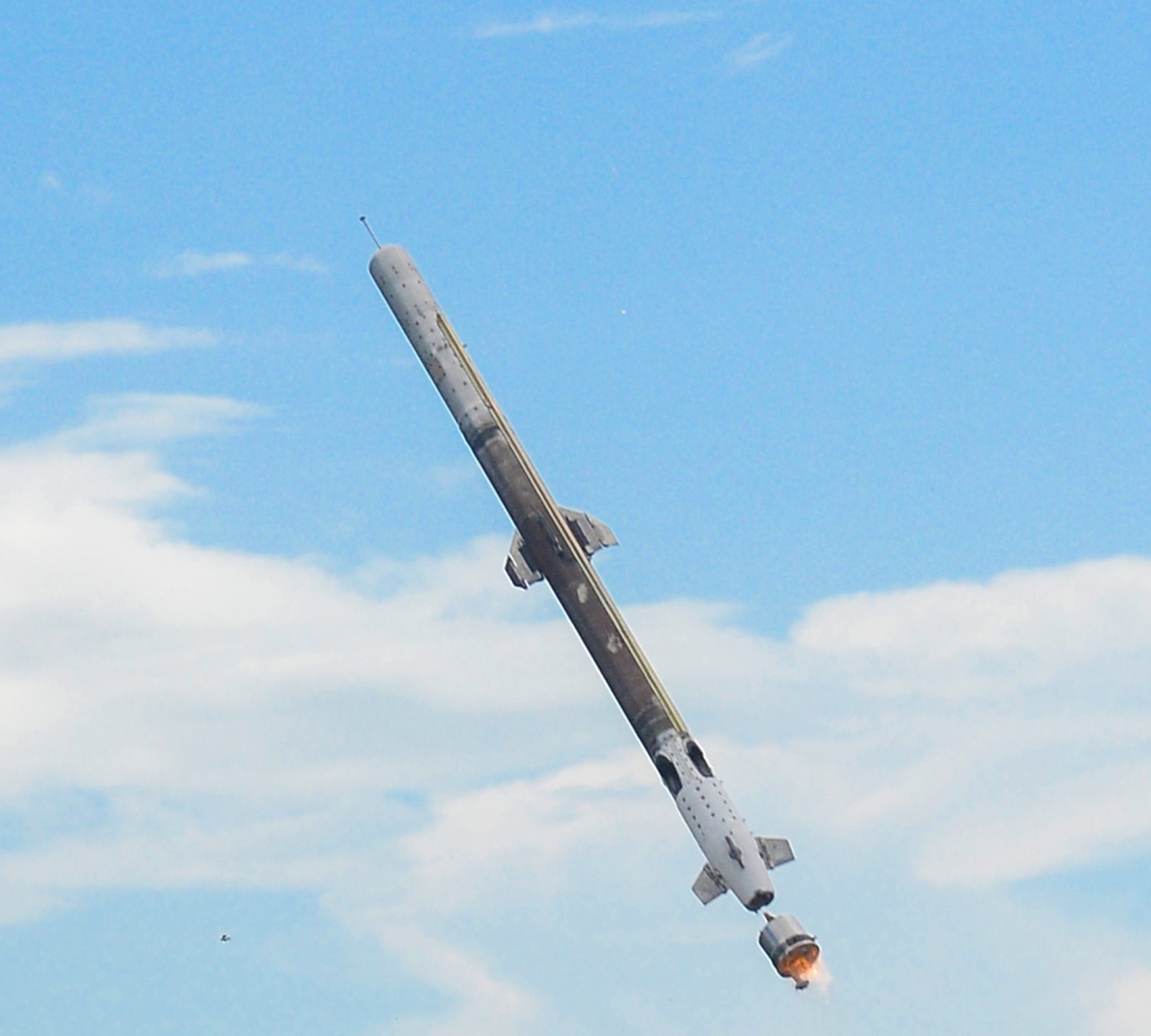
The Defence Research and Development Organisation (DRDO) of India is on the brink of a significant milestone as its Very Short Range Air Defence System (VSHORADS) missile, developed indigenously in collaboration with various DRDO laboratories and Indian industry partners, is set to enter Limited Scale Production. This cutting-edge Man Portable Air Defence System (MANPAD) has been hailed as a game-changer in India’s air defence capabilities and a testament to the nation’s growing prowess in advanced military technology.
Adani Defence, a prominent player in the Indian defence industry, has been chosen as the production partner for the VSHORADS missile system, adding to the success of the nation’s indigenous defence manufacturing ecosystem.
Continue readingSOURCE: RAUNAK KUNDE / NEWS BEAT / IDRW.ORG
The Defence Research and Development Organisation’s (DRDO) Aeronautical Development Establishment (ADE) is gearing up to unleash a formidable array of Made In India weapon systems on its latest creation, the Armed Archer-NG Medium Altitude Long Endurance (MALE) Unmanned Aerial Vehicle (UAV). The Archer-NG, set to roll out later this year, is lined up to be equipped with a diverse range of weapon systems to make it a potent combat UAV, capable of tackling a variety of missions.
The Armed Archer-NG is designed to carry a payload of up to 300kg with its four hard points, providing the flexibility to integrate different combinations of weapon systems. One of the key weapons in the arsenal of the Archer-NG is the Third Generation “Fire & Forget” UAV Launched Precision Guided Munition (ULPGM) Anti-Tank Guided Missile. With a range of 4km, this missile is capable of taking out soft-skin targets, vehicles, bunkers, tanks, windows, and fast-moving targets, making it a versatile and lethal tool on the battlefield. DRDO has also planned three more variants of this missile, with an extended range of over 6km, further enhancing its potency.
Continue readingSOURCE: RAUNAK KUNDE / NEWS BEAT / IDRW.ORG
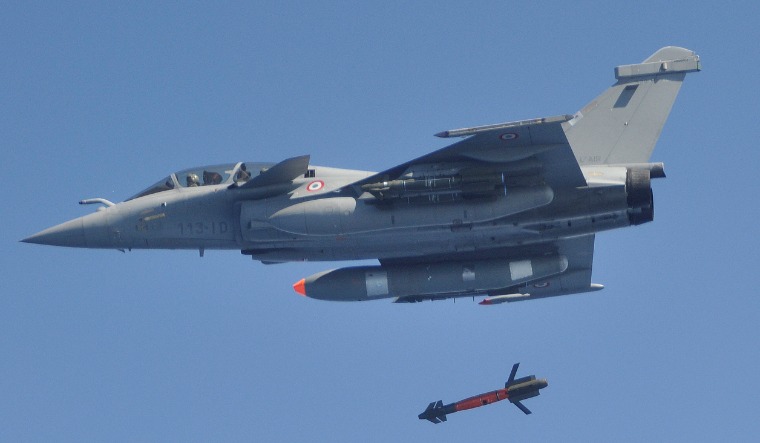
India’s defence capabilities are set to receive a significant boost as Hindustan Aeronautics Limited (HAL) prepares to conduct trials of the HAMMER (Highly Agile Modular Munition Extended Range) missiles. These advanced missiles were originally ordered from France to equip the Rafale fighter jets, but they have now been selected for integration into India’s indigenously developed LCA Tejas fighter jets as well.
The HAMMER missiles have gained prominence in the Indian defence arsenal after fresh orders were placed in 2021 for their procurement, extending beyond the initial purchase of the Rafale jets. HAL, one of India’s premier aerospace and defence organizations, has taken on the task of incorporating these powerful munitions into the LCA Tejas fighter aircraft.
Continue readingSOURCE: RAUNAK KUNDE / NEWS BEAT / IDRW.ORG
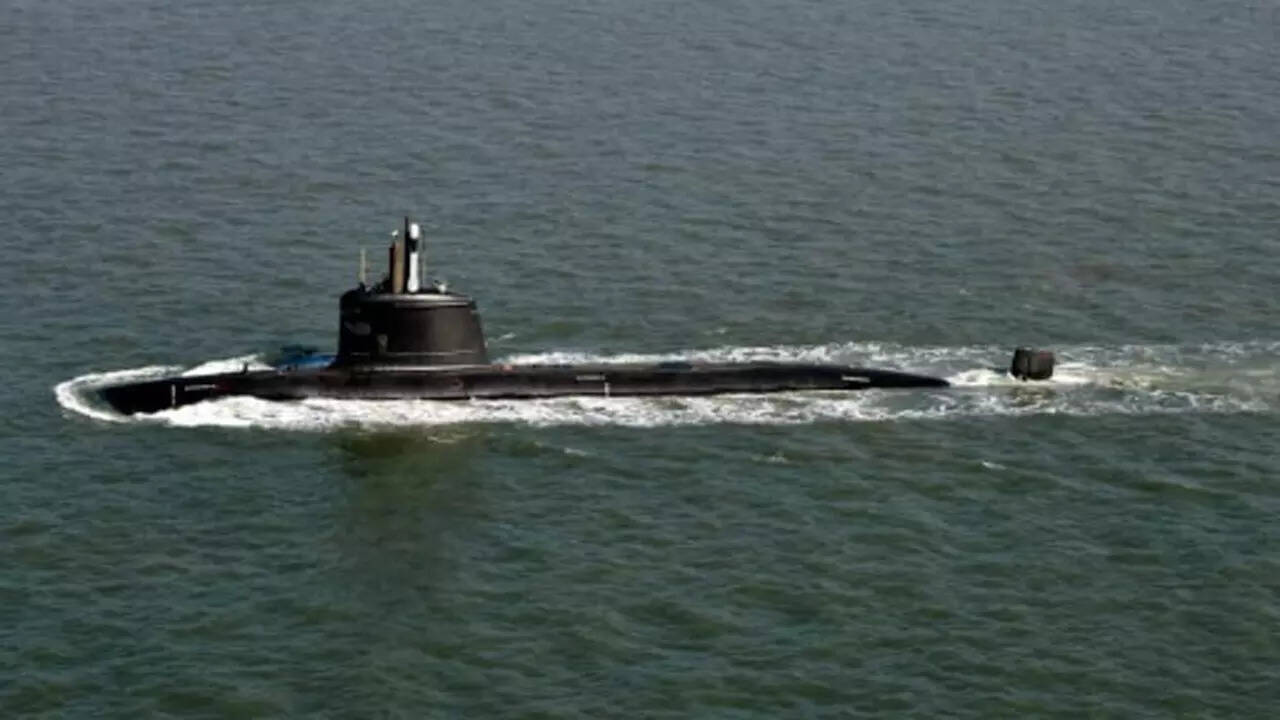
The Philippines, an archipelagic nation strategically located in the Western Pacific, is taking a significant stride towards bolstering its naval capabilities. With a focus on enhancing its maritime security and asserting its presence in the region, the Philippine Navy is considering the procurement of French-developed Scorpène class submarines. This potential acquisition marks a crucial milestone in the country’s quest to modernize its defence forces and safeguard its territorial waters.
A recent visit by a team of specialists to the facilities of the Naval Group in France signals the Philippines’ keen interest in exploring the option of locally constructing these state-of-the-art submarines under a license agreement. The Scorpène class submarines are renowned for their advanced technology, stealth capabilities, and operational flexibility, making them an attractive choice for countries seeking to strengthen their underwater warfare capabilities.
Continue readingSOURCE: RAUNAK KUNDE / NEWS BEAT / IDRW.ORG

India’s Hindustan Aeronautics Limited (HAL) is eagerly seeking a prominent role in the Indian Air Force’s plans to acquire 60-80 Medium Transport Aircraft (MTA). The IAF had issued a Request for Information (RFI) to interested vendors, and offers have been received from Lockheed Martin with its C-130J Super Hercules, Embraer with its C-390M, and Airbus with its Airbus A400M Transport Aircraft. These aircraft have the potential to be manufactured locally in India through tie-ups with HAL, a state-owned aerospace and defence company.
HAL’s interest in the MTA procurement comes after it was left out of the C-295 Transport aircraft deal, which will now be manufactured in India by Airbus-Tata Defense Consortium in a new facility in Dholera, near Ahmedabad. This facility marks India’s first private manufacturing unit for military aircraft, representing a significant step forward in the country’s indigenous defence production capabilities.
Continue readingSOURCE: RAUNAK KUNDE / NEWS BEAT / IDRW.ORG

The Gas Turbine Research Establishment (GTRE), a laboratory under the aegis of the Defense Research and Development Organisation (DRDO), has embarked on an ambitious journey to complete the development of the Dry Kaveri engine by the end of 2025 or early 2026. The Dry Kaveri engine, boasting a thrust of 46kN, holds immense promise for India’s aviation and defence sectors. GTRE aims to integrate the engine into a platform for in-flight testing, marking a critical milestone in its development.
In a significant step towards realizing this vision, DRDO signed a crucial deal with Godrej Aerospace in September 2022 to manufacture eight Kaveri engines. These engines will facilitate more trials, allowing the GTRE team to refine and fine-tune the engine’s performance before the planned completion of all tests by 2025.
Continue readingSOURCE: RAUNAK KUNDE / NEWS BEAT / IDRW.ORG
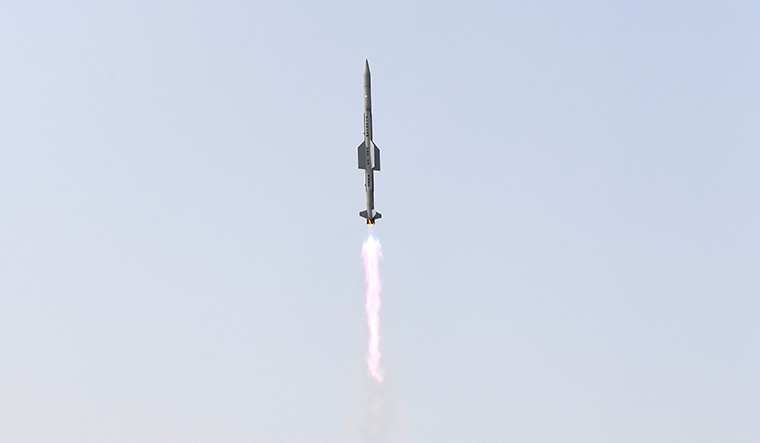
In a significant development, the Defense Research and Development Organisation (DRDO) has come to the rescue with an indigenous alternative after the Indian Air Force (IAF) abandoned plans to procure the National Advanced Surface to Air Missile System (NASAMS) three years ago. The IAF had initially sought a medium-range, network-centric air defense system jointly developed by Raytheon and Kongsberg Defence & Aerospace to bolster the security of high-value assets in the National Capital Region. However, the exorbitant cost led to the shelving of the project, prompting the quest for an indigenous solution.
Enter the Vertical Launch – Short Range Surface to Air Missile (VL-SRSAM), a quick reaction surface-to-air missile based on the Astra Mk1 BVRAAM (Beyond Visual Range Air-to-Air Missile). Initially developed primarily for the Indian Navy to replace its aging Barak-I Point Air Defense System on frontline warships, the VL-SRSAM has now emerged as a viable alternative for the IAF’s air defense needs.
Continue readingSOURCE: RAUNAK KUNDE / NEWS BEAT / IDRW.ORG

Representational image
In a groundbreaking development, a private sector company showcased its prowess in the field of defence technology by successfully developing and supplying Loiter Munitions powered by electric engines to the Indian Army. Now, the company has set its sights even higher, proposing to develop a new variant of Loiter Munitions, one that will be powered by a Small Turbojet Engine, with a thrust ranging from 0.3 to 0.8kN.
The potential of this new variant is truly remarkable. With the turbojet engine’s increased thrust, it will be able to carry a significantly larger explosive warhead, making it even more potent in neutralizing high-value targets. Moreover, this enhanced propulsion system will bestow the Loiter Munition with nearly double the range of its existing electric engine-powered counterpart. Such a substantial increase in range will allow it to cover vast distances, effectively expanding its operational capabilities and reach.
Continue readingSOURCE: RAUNAK KUNDE / NEWS BEAT / IDRW.ORG

In a significant development, the Indian Navy has finalized plans to procure 26 Rafale fighter jets from the renowned French aerospace company Dassault. Out of this procurement, four of the jets will be Twin Seater Rafale fighters, which will play a crucial role in training fighter pilots to operate the remaining 22 single-seater Rafale M fighter jets.
The establishment of a dedicated Rafale Training Squadron at INS Hansa in Goa marks a remarkable step forward for the Indian Navy’s operational readiness and combat capabilities.
Continue readingSOURCE: RAUNAK KUNDE / NEWS BEAT / IDRW.ORG
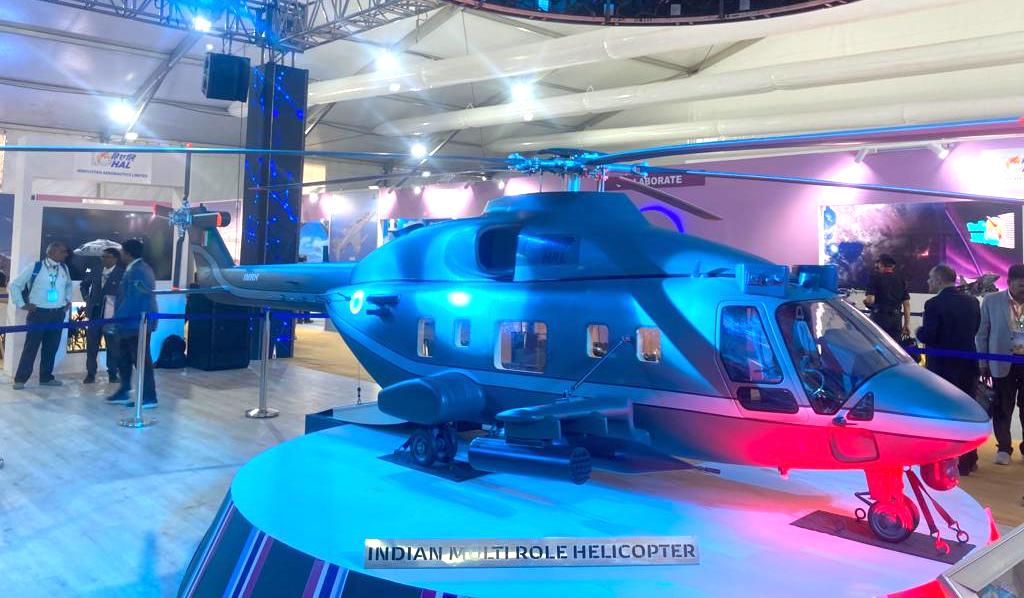
In a significant boost to India’s aerospace ambitions, Cédric Goubet, the CEO of Safran Helicopter Engines, has recently confirmed to Indian media the collaboration between Safran and Hindustan Aeronautics Limited (HAL) to develop a groundbreaking new engine. This 3,000 shp engine will be specifically designed to power HAL’s proposed IRMH (Indian Multi-Role Helicopter), an impressive 13-ton Medium Utility helicopter.
The new engine, as affirmed by Goubet, will not be a mere variant but a brand-new design, drawing upon Safran’s extensive experience and expertise in engine development.
Continue readingSOURCE: RAUNAK KUNDE / NEWS BEAT / IDRW.ORG
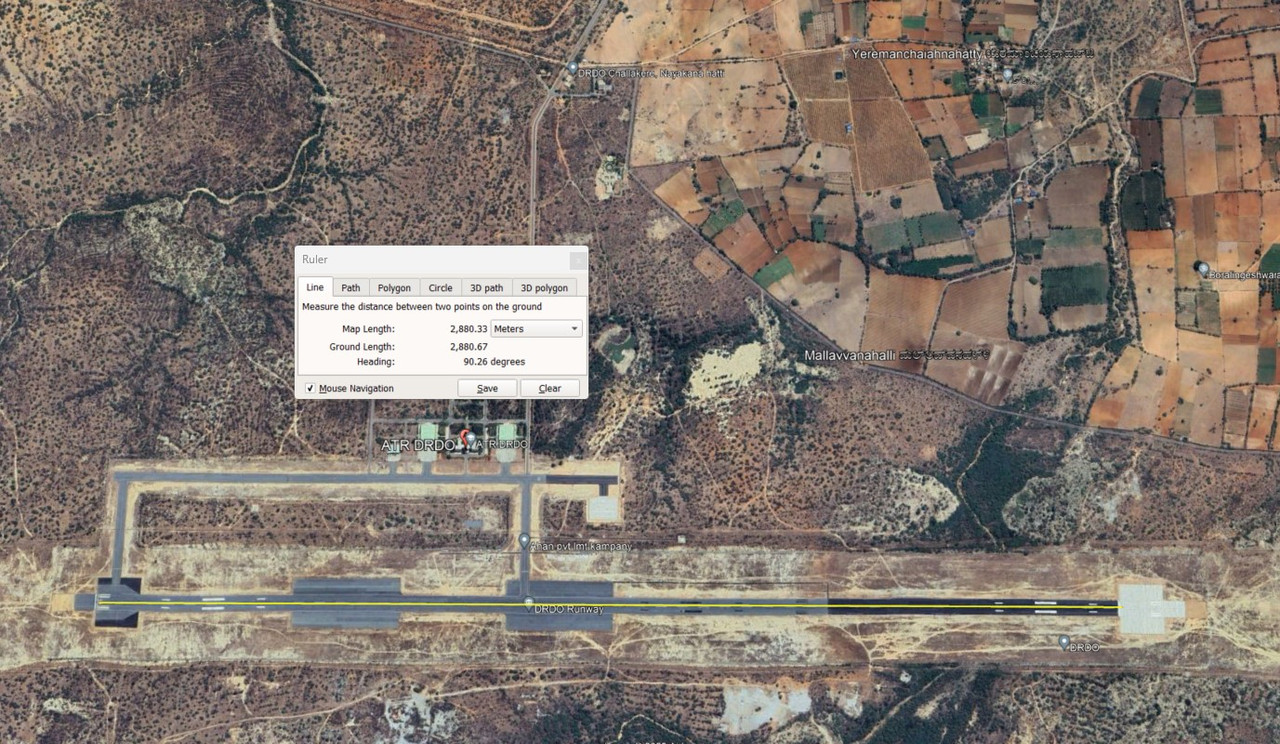
India’s Defence Research and Development Organisation (DRDO) has taken a significant step towards strengthening its Unmanned Aerial Vehicle (UAV) development capabilities. The organisation has extended the runway at the Chitradurga Aeronautical Test Range (ATR) by a kilometre, bringing the total length to approximately 3.13 km. This expansion aims to facilitate the testing of bigger High Altitude Long Endurance (HALE) Class UAVs, which DRDO plans to develop for the Indian Armed Forces.
The Chitradurga ATR was specifically established to conduct flights of DRDO’s Unmanned Aerial Vehicles, particularly those belonging to the Rustom family. The Tactical Airborne Platform for Aerial Surveillance-Beyond Horizon-201 (TAPAS BH-201), also known as Rustom-2 UAV, was successfully flight-tested at the Challakere ATR in November 2016.
Continue readingSOURCE: RAUNAK KUNDE / NEWS BEAT / IDRW.ORG

The Indian Navy’s decision to opt for the Rafale M (Marine) variant over the American F-18 E/F SuperHornet for its aircraft carriers has garnered attention in defence circles. Rear (R) Admiral Mukul Asthana, an esteemed veteran and aviation consultant, provides valuable insights into the factors that influenced this crucial decision. The choice is primarily attributed to the Rafale M’s lower footprint on both aircraft carriers, efficient hangar space utilization, and its compatibility with the lifts on the carriers.
One of the key considerations that swayed the Indian Navy towards the Rafale M was its smaller footprint on the aircraft carriers. Unlike the F-18 E/F Superhornet, the Rafale M is optimized for carrier-based operations, with dimensions that enable it to be efficiently stored on the carriers’ decks. The reduced footprint allows the Indian Navy to deploy a greater number of aircraft on each carrier, enhancing the fleet’s operational capabilities.
Continue reading